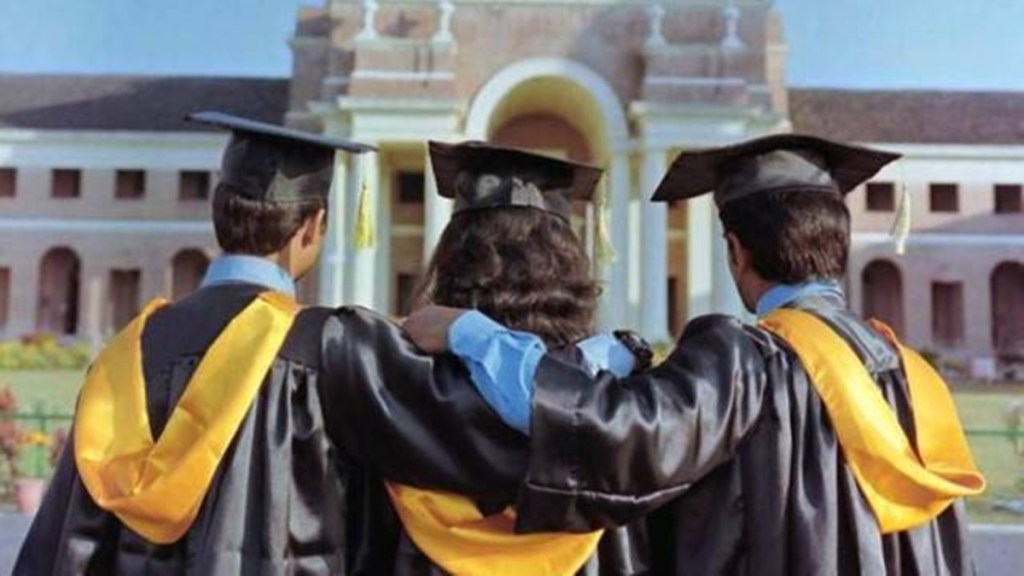India faces an enormous skilling challenge. Only half of college graduates are employable. The problem is even deeper, since the lower rungs of the education ladder are often broken. In my last column, I suggested allowing large-scale entry by foreign universities, including importation of their regulatory frameworks, curricula and faculty. That will help a great deal, but domestic reforms are also needed. There are shortages of faculty in higher education institutions (HEIs), especially those in the public sector. These shortages exist even in elite institutions. A 2019 Brookings India report on “Reviving Higher Education in India” reviewed the situation, and its analysis suggests that a complete overhaul of the domestic higher education system is needed.
On the one hand, it would help if there is greater flexibility in hiring part-time faculty, especially those who have or had successful professional careers that can provide the basis for successful teaching. On the other hand, there needs to be greater investment in public universities, along with incentive systems that reward performance. This will require significant resources, but is the only way to create a system that can produce new faculty for India’s massive teaching needs. Allowing for greater flexibility in corporate or individual donations for endowments is essential, since the government does not have enough fiscal capacity, especially since it has to address the broken lower rungs of the education ladder. Corporate donations can also be important in sending direct signals as to what skills the private sector needs, and in which sectors. Donations can be more than financial—equipment and software are two examples where Indian HEIs probably lag behind what they need. College students can often get by with older equipment and software than corporate employees. Even financial aid for students in need can be enhanced with private donations.
Also read: A little less lonely together
While the government needs to provide basic infrastructure for HEIs, there is considerable scope for private support at this level. Indian business will be increasingly desperate for employable college graduates as the economy grows, and they should be given the opportunity and incentives to contribute to solving their problem. This is less the case at the school level, since the payoff for businesses is less certain and delayed longer. At the school level, it has been argued that teacher shortages are not the real issue. This conclusion is based on an analysis of the data which corrects for misallocation of teachers relative to student enrolments in government schools, inflated enrolment statistics, and absenteeism. The last of these problems has been documented extensively, but a clear solution has not been articulated.
Perhaps the beginnings of an answer come from studies that demonstrate teacher effectiveness matters for student success. If the system is reformed to collect data on teacher identities and student performance systematically and comprehensively, reward and recognition schemes can be implemented that will provide some improvement in incentives for teachers. Perhaps the most important reform in this area is a revamping of the teacher training system. What evidence we have suggests that observable characteristics of teachers are not very good predictors of effectiveness, with the exception of having a Master’s degree (another reason for expanding higher education at the Master’s level). Teachers themselves are very clear that their training system is too theoretical, and does not give them adequate practical skills for actual classrooms.
Perhaps the quickest way of improving teacher training in India is again to encourage foreign entry, and allow foreign universities to set up new Schools of Education. Foreign entry cannot solve the problem alone, but it can bring in new ideas, organizational capital and institutional leaders, with the possibility of knowledge spillovers to the domestic education sector. Training teachers in this way may also allow for re-entry of women into the labour force, or older workers whose skills or stamina may no longer be adequate for cutting-edge corporate jobs.
In all of this reform effort, the government has to be able to apply regulation with a light touch. The regulatory tendency in India, especially in the education sector, is to create massively detailed requirements and plans for both the public and private sector, without a good sense of what is actually needed, or allowance for adequate flexibility as needs change. Competition, reputation and transparency can often be substitutes for detailed regulation. Of course, in situations where lives are at stake, as in medical education, greater strictness and monitoring is required, but in many cases, ex post loss of reputation can be an efficient motivator of performance.
Also read: Living with low premiums
Finally, an expanded Indian version of a programme like Teach for America, which recruits graduates of elite colleges to teach for a couple of years in rural areas with teacher shortages, might be an attractive adjunct for larger efforts at expanding the pool of teachers. These participants are exempted from the normal certification requirements, but do not threaten to take jobs from career teachers. A Teach for India programme already exists as a public-private partnership, but it can be scaled up quickly with the right kinds of support. India has a teaching emergency, and addressing it will require multiple kinds of efforts, flexibility and creativity among policy makers.
The writer is professor of economics, University of California, Santa Cruz


